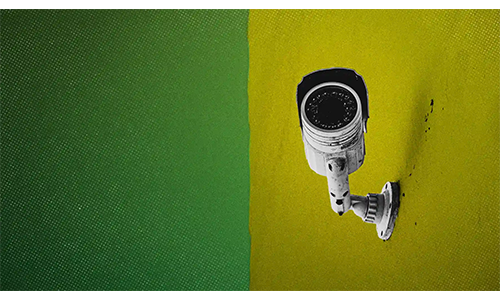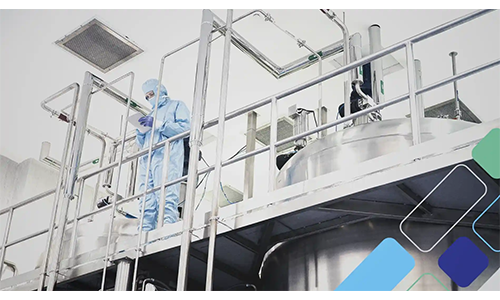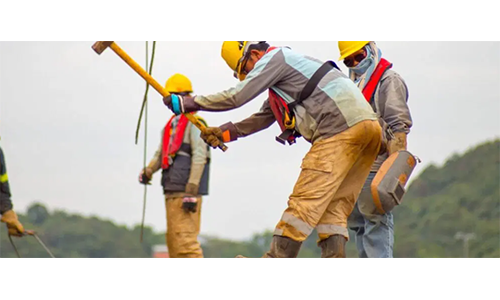"Do Engineering and EHS compete?" Mark Lewandowski asked the health and safety experts crammed into the technology track at EHS Today's Safety Leadership Conference.
"Does it ever feel like you're in a boxing match?" has asked. "Does it seem like a tug-of-war for time, money and resources?"
The crowd offered enthusiastic agreement, fervent nods across the room and whispers of the battles each attendee has endured.
"But it doesn't always have to be that way," he said. "We can work together to get to the goal line. We can collaborate and share the resources, time and money we both need get to that goal line together."
"At Procter & Gamble," he explained, "we have a system to make that happen."
Lewandowski is P&G's machine control technology leader. That position puts him on the front line of that classic engineering/EHS conflict—or at least he would be in just about any other organization.
However, as he explained in his presentation, P&G has developed what seems like a bulletproof, enterprise-wide system to cool that fight before it even gets started. As a result, Lewandowski's team enjoys seamless collaboration between the engineering and the Health Safety and Environment (HS&E) teams.
The system, he explained, is a three-part structural plan that helps align the interests and goals of each.
- HS&E is an Engineering Discipline.
P&G, Lewandowski explained, has divided its engineering practices into three groups: breakthough technology engineering, business solutions engineering and business unit engineering, which focuses on design and delivery.
"HS&E is not a separate function in our organization," Lewandowski explained. "It is part of our solutions engineering unit, so they are one of the key parts of engineering. That means we all report up to the same VP of engineering."
That, he said, does a lot to align the conversation.
- Shared Values and Culture
P&G's corporate value statement reads: 'We act on the conviction that the men and women of Procter & Gamble will always be our most important asset," Lewandowski shared. Furthermore, the corporate safety policy includes a commitment to "have every employee understand and be responsible for incorporating safe behavior in daily business activities. Every employee is trained to work in a safe and healthy manner."
"This means," Lewandowski explained, "across all of P&G, we have a common set of values and culture."
"Our people make up this company," he said. "They are our most important asset, so we need to make sure they are safe."
Creating a top down mission statement that specifically links safety into daily business, he said, ensures that that value remains core in every process throughout the enterprise.
- Create a Common Vision
P&G is in a business to make money, obviously. But it approaches that goal with a common engineering mission "to innovate, provide and protect."
"This means we have a common vision for the company. We have a common direction we're trying to go to and that leads to common action," Lewandowski said. "It means that both quality and safety are foundational to one of the key pillars of our annual action plan."
In practice, it also means that safety, while certainly an action owned by the HS&E folks, is actually an engineering deliverable. Engineering is not standing in the way of safety; it is responsible for making sure that it is delivered.
Together, this system has had a profound impact on the corporation.
"We all work together," he said. "It's the whole organization. Everybody is involved with delivering equipment to the sites, for setting up new process. Everyone has to know the requirements."
"We want to be known as a company that does things the right way," he added. "We take that very seriously.





































































